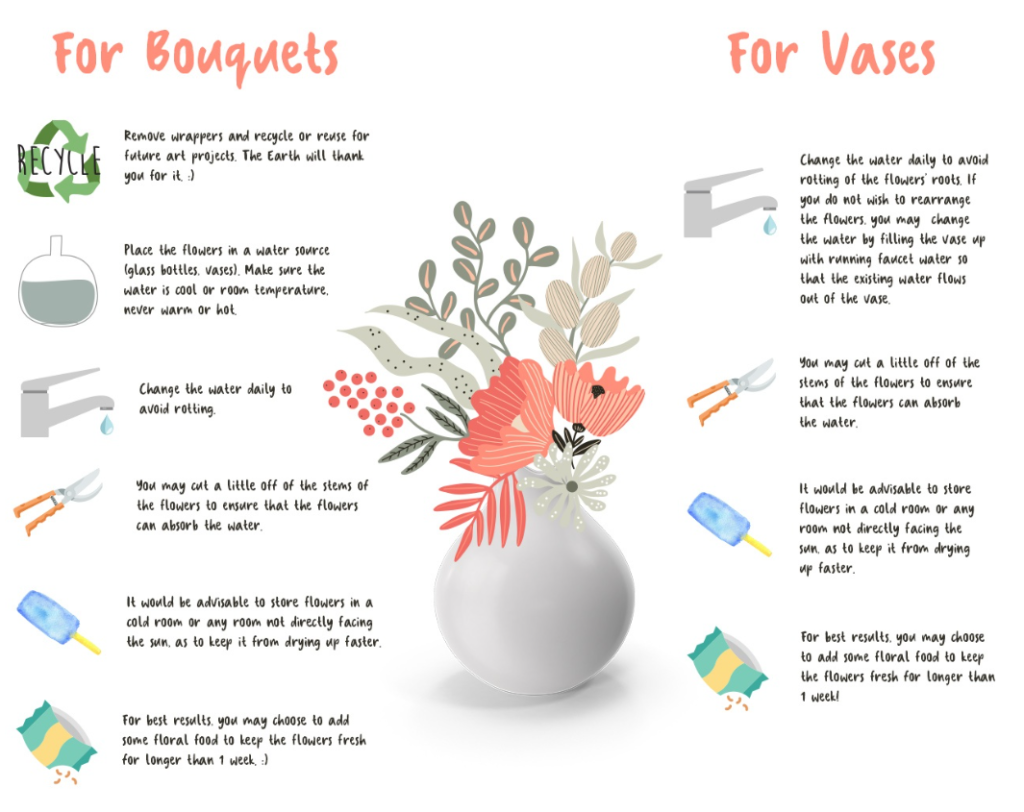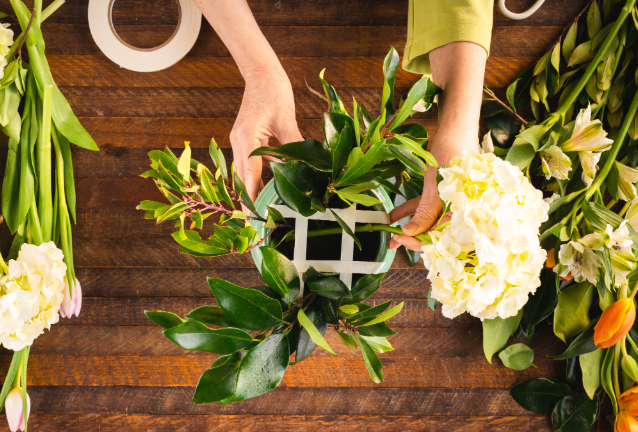Selecting the perfect flowers for a vase is more than just picking blooms—it’s about creating a harmonious balance between the vase, the flowers, and the setting. Whether you’re decorating for an event, enhancing your living space, or gifting someone special, knowing how to choose the right flowers is essential. This guide will walk you through step-by-step instructions, considerations, and expert tips for selecting flowers that transform any vase into a visual masterpiece.
1. Understand Your Vase
The type and shape of your vase set the foundation for your arrangement. Let’s explore the most common vase styles and their suitable flowers.
Vase Types and Recommendations
| Vase Type | Description | Best Flowers |
|---|---|---|
| Cylinder Vase | Tall, straight-sided, and modern | Roses, lilies, sunflowers |
| Bud Vase | Small and narrow, ideal for single stems | Tulips, gerberas, or any statement bloom |
| Round Vase | Wide body with a narrow opening | Hydrangeas, peonies, ranunculus |
| Hourglass Vase | Narrow middle, wide top and bottom | Mixed seasonal flowers, cascading greenery |
| Square Vase | Compact and angular | Short-stemmed blooms like dahlias, anemones |
Matching the flower type to the vase ensures balance and aesthetic appeal. For instance, tall flowers like gladiolus complement tall cylinder vases, while compact arrangements suit round vases.
2. Match Flowers to the Occasion
Different flowers convey various emotions and set the mood. Here’s how to choose flowers based on the occasion:
- Romantic Settings: Red roses, peonies, or tulips signify love and passion. Combine with greenery for depth.
- Celebrations: Bright, vibrant flowers like sunflowers, gerberas, and daisies evoke joy and festivity.
- Sympathy or Remembrance: White lilies, chrysanthemums, and orchids create a serene and comforting atmosphere.
- Everyday Home Décor: Seasonal blooms such as dahlias, ranunculus, or carnations are versatile and budget-friendly.
How to choose the right vase for your flower arrangements
Expert Tip:
When in doubt, choose flowers with colors that complement your interior décor or event theme.
3. Consider Color Harmony
The color palette plays a significant role in flower arrangements. Follow these principles to ensure a visually cohesive display:
- Monochromatic: Use shades of the same color, e.g., white roses with baby’s breath.
- Analogous Colors: Combine colors that are adjacent on the color wheel, like yellow, orange, and red.
- Complementary Colors: Pair opposites, such as purple and yellow or blue and orange, for a striking contrast.
4. Choose Flowers That Last Longer
To maximize the lifespan of your arrangement, select flowers known for their durability. Below are some popular long-lasting flowers:
- Carnations (7-14 days)
- Chrysanthemums (10-14 days)
- Alstroemerias (up to 2 weeks)
- Orchids (10-21 days)
Care Tip:
Change the water every two days and trim the stems at an angle to keep flowers fresh.
5. Seasonal Considerations
Choosing seasonal flowers not only saves costs but also ensures availability and freshness.
- Spring: Tulips, daffodils, hyacinths
- Summer: Sunflowers, dahlias, zinnias
- Autumn: Chrysanthemums, marigolds, asters
- Winter: Poinsettias, amaryllis, holly
6. Balance Height and Proportion
The height of your arrangement should complement the vase size. A general rule is to make the arrangement 1.5 to 2 times the height of the vase. For wide vases, focus on creating horizontal balance by adding greenery or trailing elements.
7. Add Greenery and Accents
Greenery and filler flowers enhance the overall design. Popular options include:
- Greenery: Eucalyptus, ferns, ivy
- Fillers: Baby’s breath, wax flowers, astilbe
These additions create depth, texture, and a natural flow.
8. Use the Right Tools
To arrange flowers effectively, you’ll need:
- Sharp scissors or floral shears
- Floral tape or foam for support
- Clean water mixed with flower food

9. DIY Floral Arrangement Tips

Follow these steps to create a professional-looking arrangement:
- Prepare the Vase: Clean it thoroughly and fill it with water.
- Trim Stems: Remove leaves below the waterline and cut stems at a 45-degree angle.
- Start with Greenery: Create a base layer for structure.
- Add Focal Flowers: Place your main blooms at different heights.
- Fill with Accents: Add fillers and smaller blooms to complete the look.
10. Common Mistakes to Avoid
- Overcrowding: Avoid cramming too many flowers into the vase.
- Ignoring Water Quality: Use filtered water to prevent bacteria buildup.
- Skipping Proportions: Ensure the arrangement doesn’t look top-heavy or disproportionate to the vase.
Conclusion
Choosing flowers for a vase is an art that combines creativity and practicality. By understanding vase types, flower characteristics, and design principles, you can craft arrangements that elevate any space or occasion. Start with the basics outlined in this guide, experiment with different combinations, and let your personal style shine.
If you’re ready to take your planter business to the next level, reach out to Hale today for consultation and bulk order opportunities.

